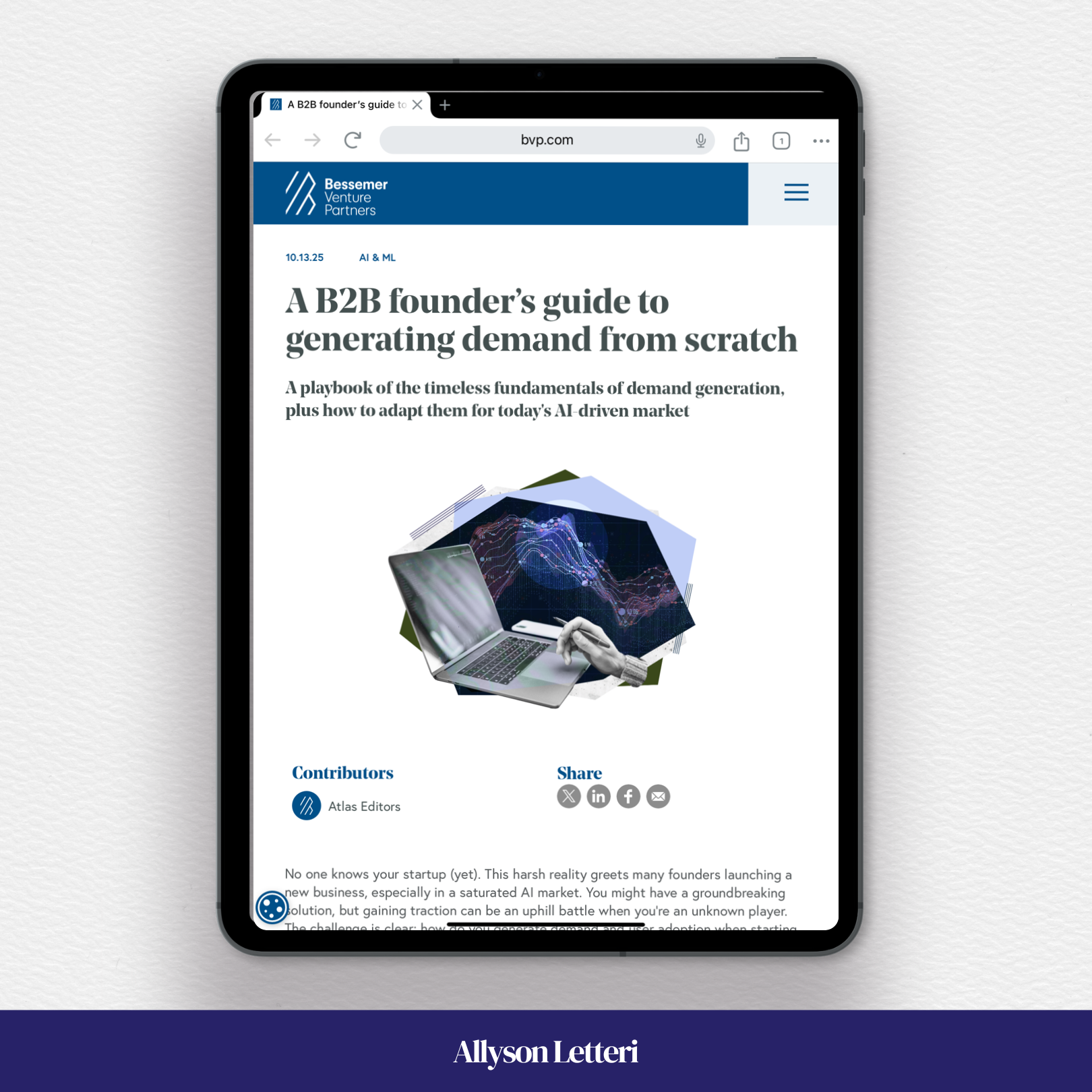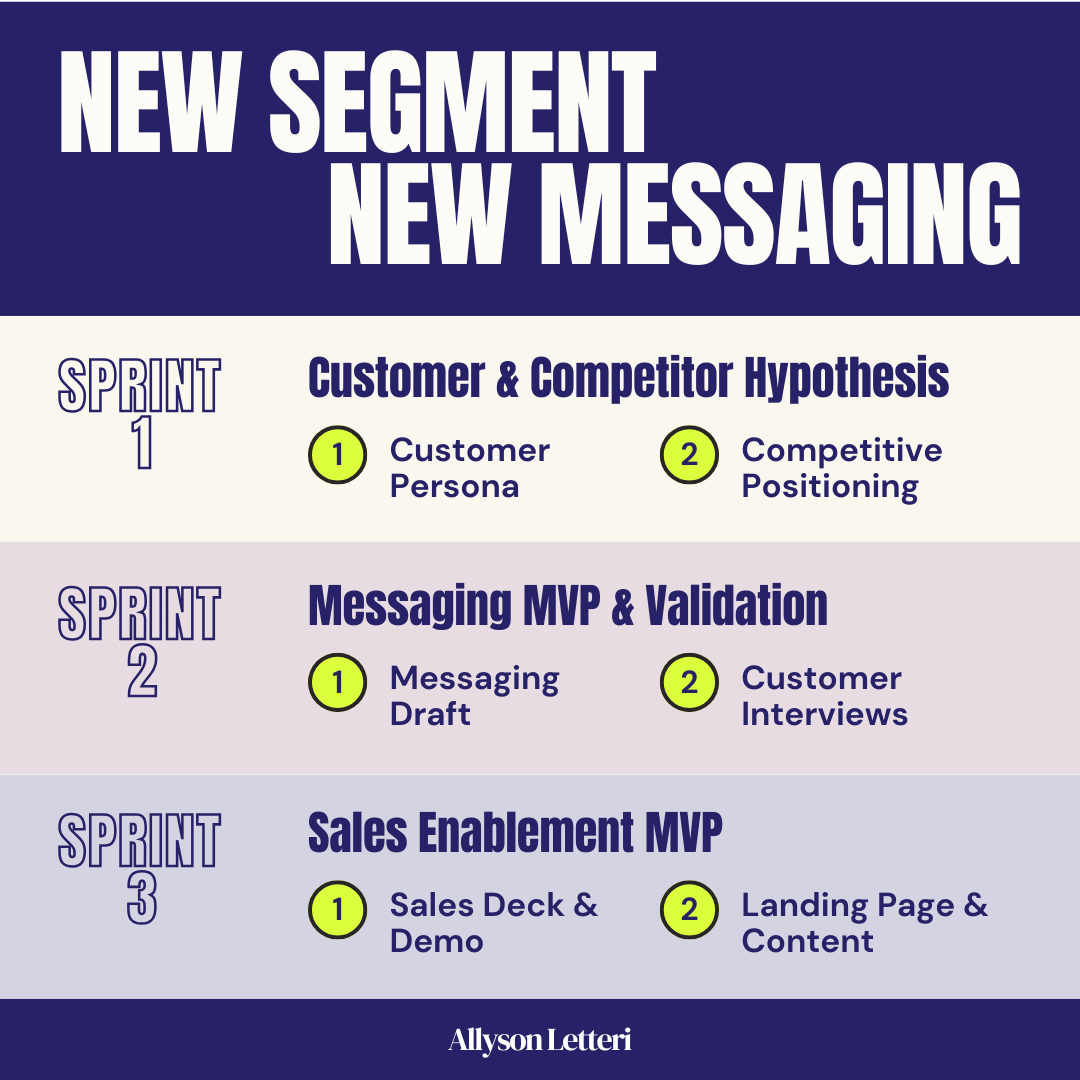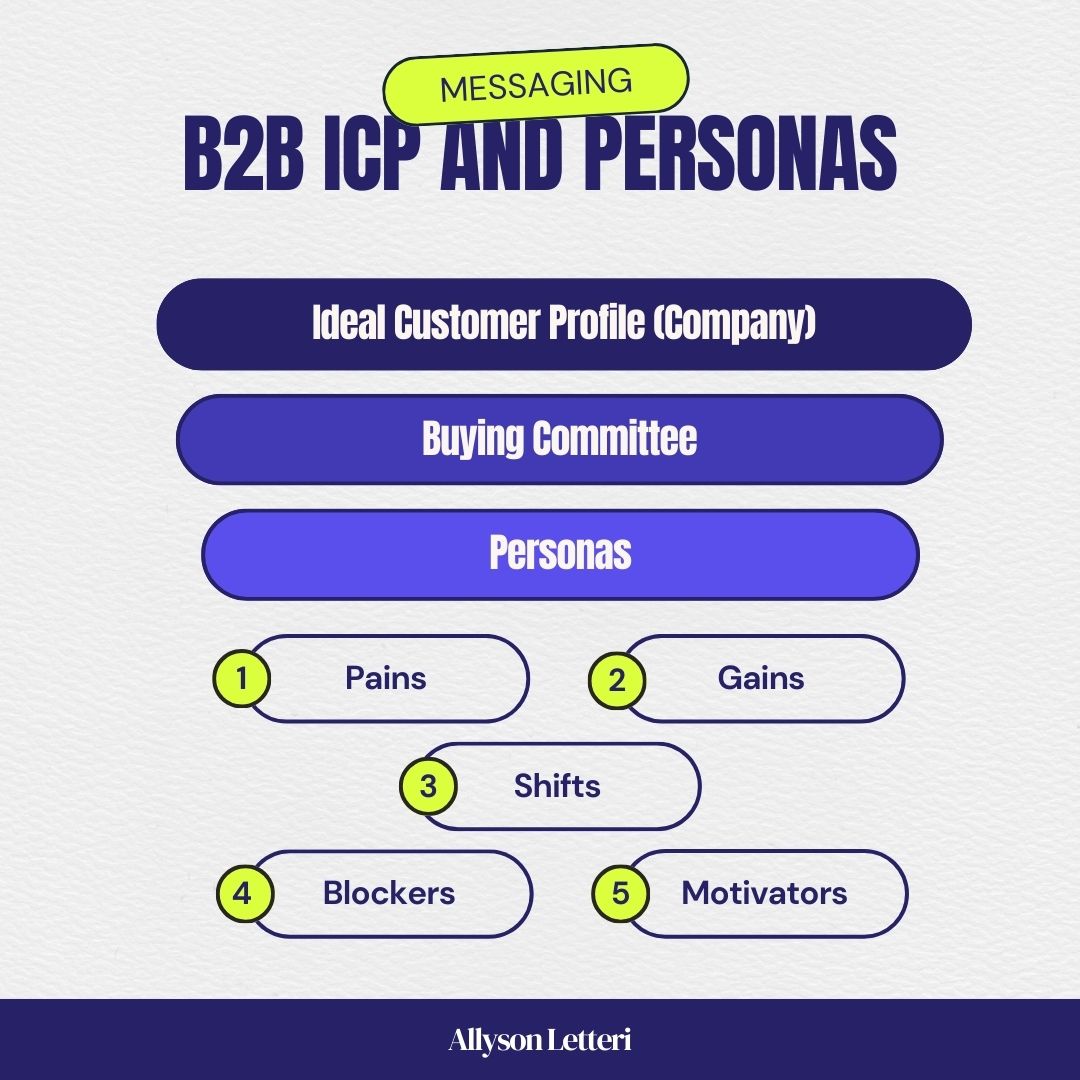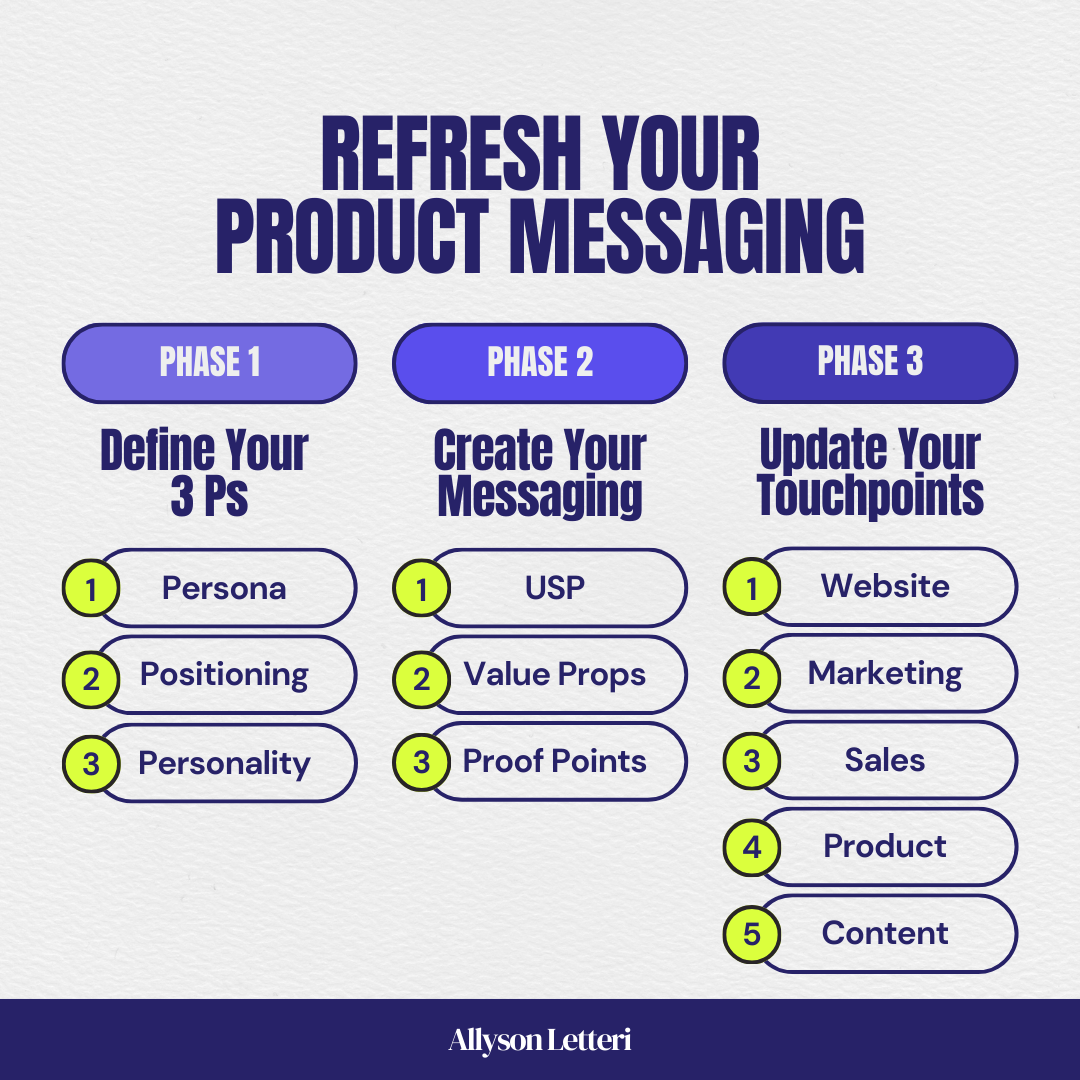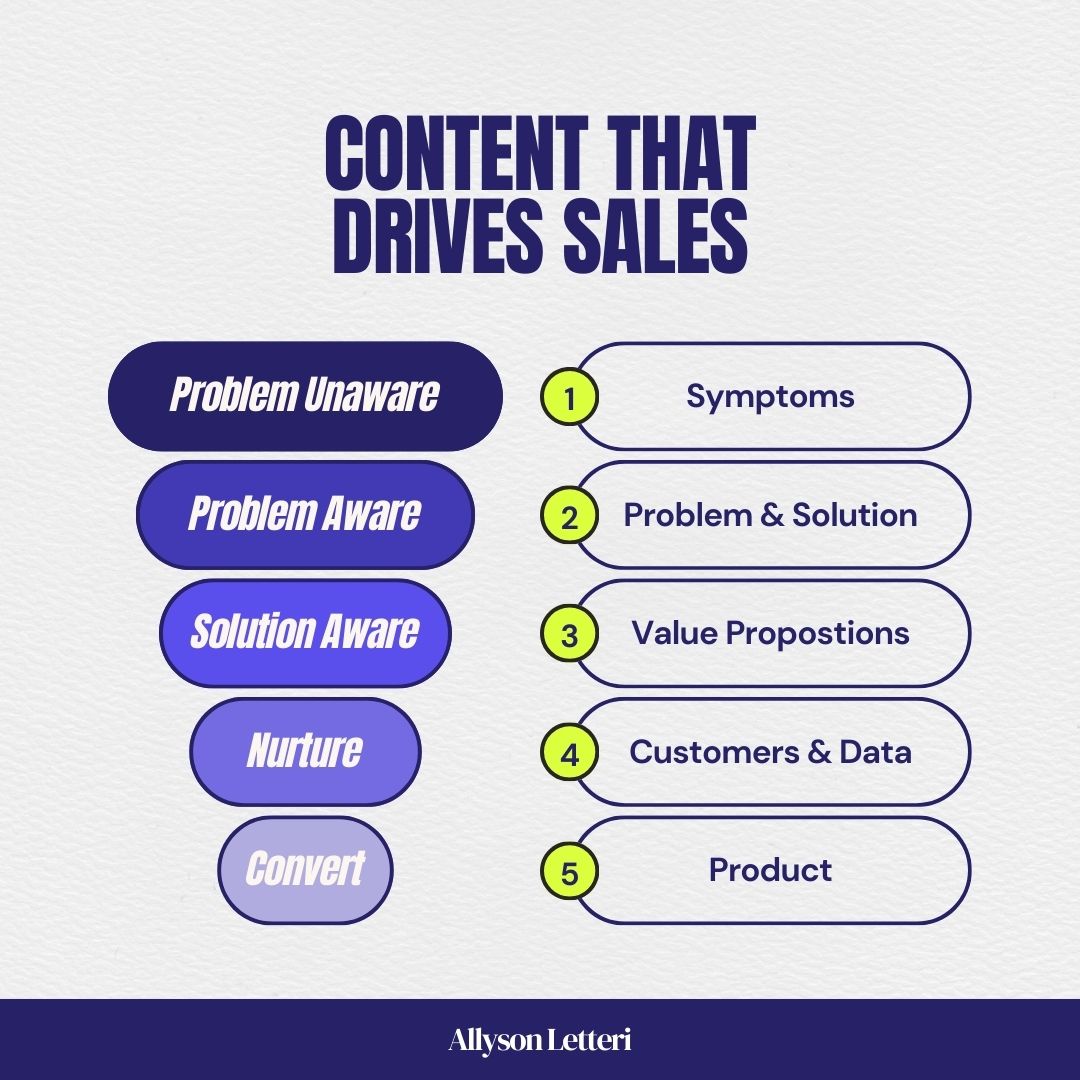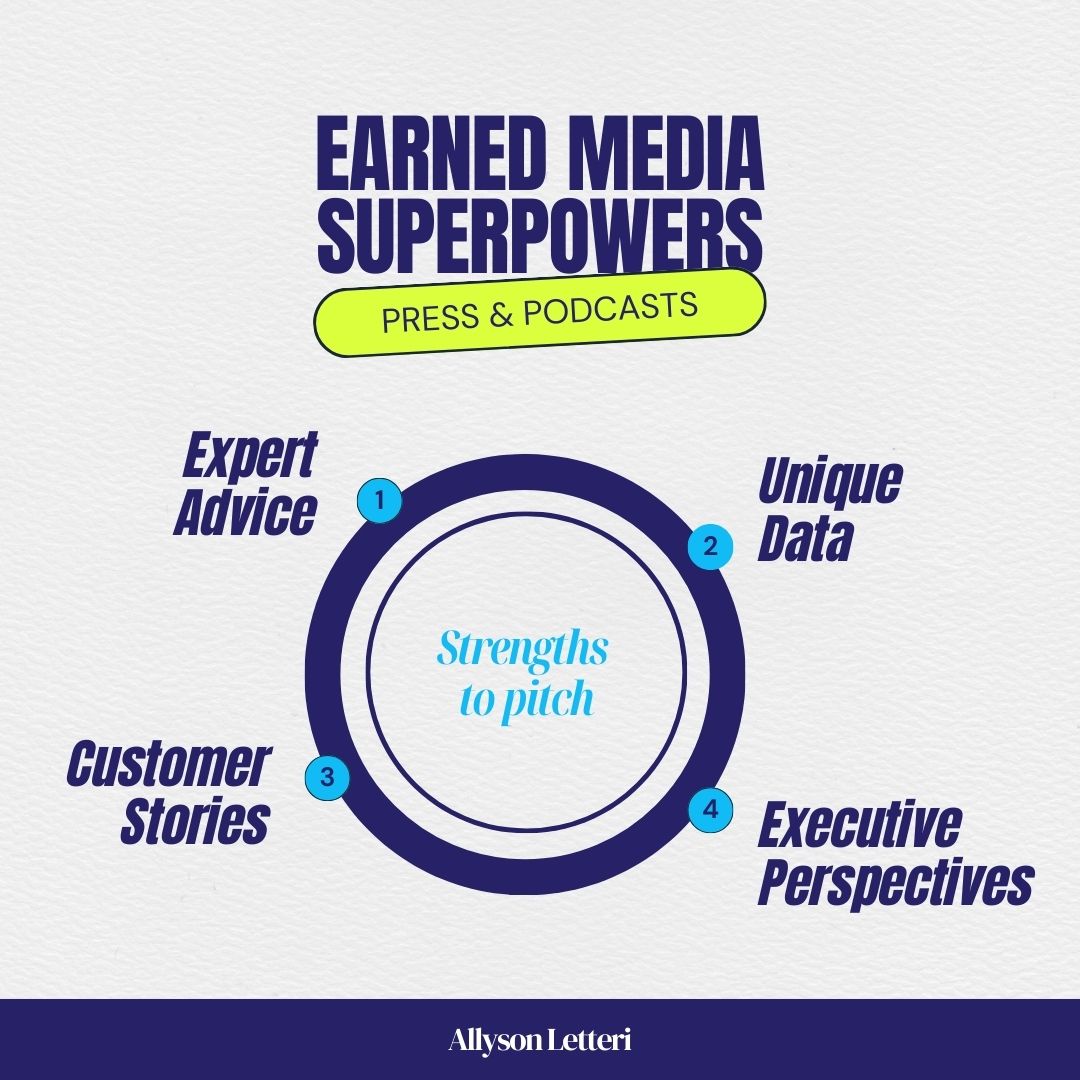MAGIC OF THE MID-FUNNEL
Why aren’t your prospects moving into sales conversations?
Most early-stage founders I work with focus their marketing efforts on two key areas:
- Top of funnel: Generating new leads through founder-led outreach, warm intros, events, and LinkedIn activity
- Bottom of funnel: Leading sales conversations, refining decks, sending one-pagers and case studies, and looping in team members to help close
But what often gets overlooked?
The middle of funnel: the powerful “consideration” zone between awareness and decision.
This is the stage where a prospect already knows who you are. You’ve caught their attention. They’ve heard of your product. They might have visited your site, read a post, or clicked a link.
They may even be in early sales conversations, but they’re not fully bought in yet.
That’s your opportunity.
The mid-funnel is where you build trust, credibility, and preference for your product. And it’s one of the biggest unlocks for driving conversion.
WHY THE MID-FUNNEL MATTERS
When founders ignore the mid-funnel, prospects hear about the company… and then drop off. Sales cycles drag on because buyers don’t fully understand the value of your product.
But when you invest in the mid-funnel, you:
- Make it easier for buyers to evaluate and choose your solution
- Keep your product top of mind as they explore options
- Build confidence and clarity before sales calls even start
- Accelerate sales cycles and improve conversion
And here’s the bonus: great mid-funnel content often works across your demand generation strategy. You’ll also use it to attract new leads (top of funnel), strengthen sales conversations (bottom of funnel), and set your brand apart.
Ready to build? Here are six mid-funnel channels to prioritize along with the content that drives sales momentum.
1) WEBSITE: All-in-one reference
Positions your product, proves value, and guides next steps.
Your website is where prospects go once they’ve heard about your product. Maybe they clicked a LinkedIn post, heard about you through a referral, or received an email. Now they’re trying to learn more.
Too often, founders tell me: “Our website is totally off.” It’s outdated. It focuses on features, not outcomes. It no longer reflects who they are.
Start with your homepage. It should:
- Make it obvious who your product is for, what it does, and what results it delivers
- Highlight three clear value propositions that show why you’re the best choice
- Reinforce credibility with proof: features, success stories, logos, data, content
Then build out other key pages:
- Product: Explain how your solution works and what makes it unique
- About: Share your vision, founder story, team, and investors
- Blog/Resources: Curate content that helps prospects understand and evaluate your solution
Your website is a critical sales asset, especially in the mid-funnel. Make sure it tells the right story.
2) BLOG: Sales-aligned content library
Builds trust, educates, and shapes consideration.
Your blog (or resource center) is one of your most important trust-building tools. When prospects want to go deeper but aren’t ready for a call, they turn here.
Think of it as a content library that supports your sales process. It helps people name their problem, believe in your solution, and picture themselves succeeding.
Start by creating 2–3 pieces in each of these five areas:
- Symptoms: Open prospects’ eyes to their problem
- Problem & Solution: Establish expertise and show how to solve the problem
- Value Propositions: Position your product as the best choice
- Customers & Data: Build credibility through success stories and metrics
- Product: Explain how features work to deliver the best results
(Get my full primer on content that drives sales).
Long-form blog content also fuels SEO, AI snippets, social posts, and sales follow-up. Add video, audio, or downloads to make the content even more engaging.
One founder I worked with wrote a piece addressing the common objection: “Why wouldn’t I just build this in-house?” It became their most-used sales asset.
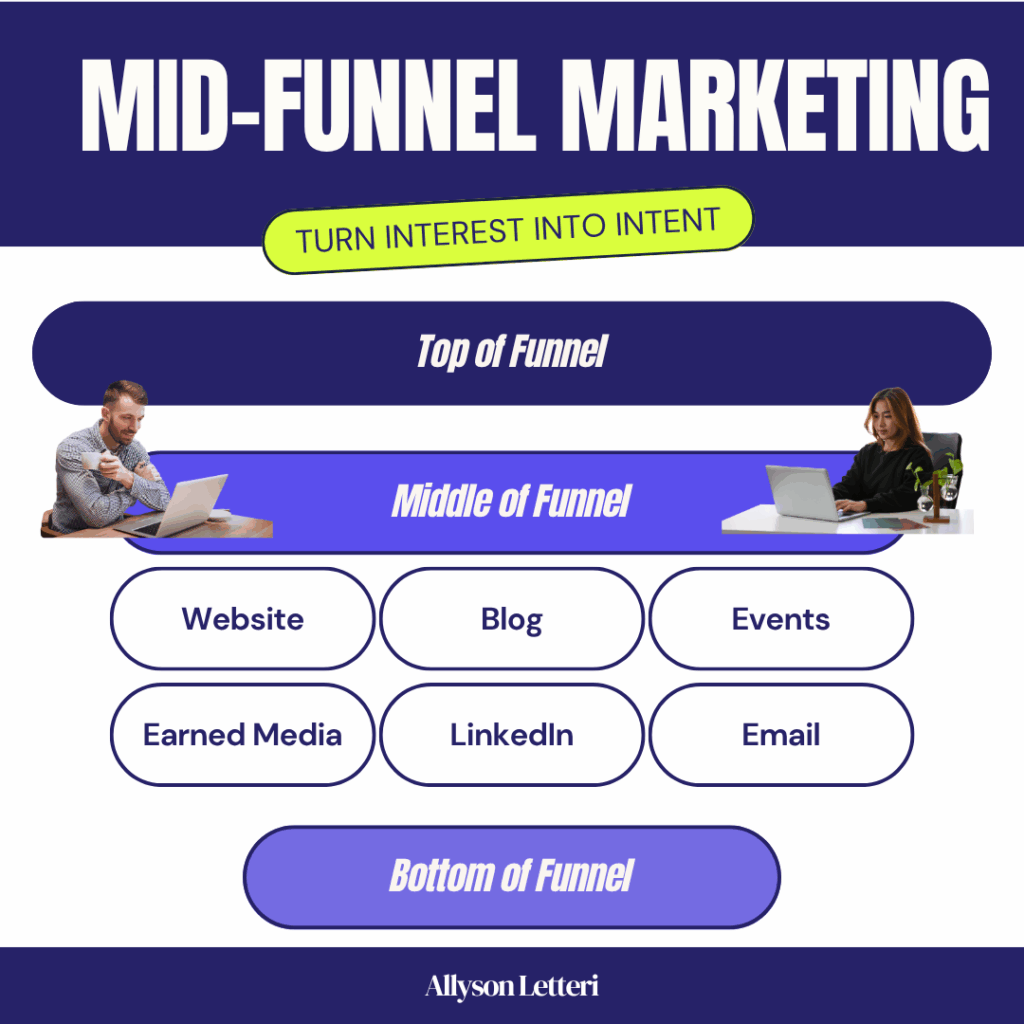
3) EVENTS: Real-time relationship builder
Creates personal connections and engaging content assets.
Live events are a smart way to nurture interest and build real relationships.
For webinars or virtual events, focus on topics that feel valuable even to someone who’s not ready to buy. Move beyond demos to more compelling event hooks, such as:
- Warning Signs: Identify indicators that their current solution isn’t working
- Hidden Costs: Detail the inefficiencies no one talks about with “the old way”
- Mistakes to Avoid: Share what buyers often overlook and how to choose the right solution
- What the Best Do: Give a behind-the-scenes look at how top companies solve this problem
- Root Cause: Explain why problems keep resurfacing, and how to fix them permanently
As an extra draw, feature your founder, a customer, SME, or trusted partner. Then repurpose the event content:
- Add the recording and highlights to your blog
- Share short clips on LinkedIn
- Link to it in nurture emails or follow-ups
- Post it on your homepage if it’s a standout piece
Beyond webinars, consider smaller, high-touch experiences:
- Small-group dinners for prospects in key cities
- Invite-only roundtables at major industry events
- Workshops or peer advisory sessions
The goal isn’t just attendance; it’s connection and credibility. Each event should give you an asset to share and a reason to follow up with attendees.
4) EARNED MEDIA: Credibility at scale
Accelerates trust with third-party proof.
Press, podcast appearances, and newsletter mentions are incredibly powerful in the mid-funnel. Third-party endorsements build instant credibility.
To get the most from earned media:
- Add big wins to your homepage or About Us page
- Turn coverage into blog posts or highlight reels
- Share snippets and insights on LinkedIn
- Include links in email nurture sequences and sales follow-ups
You don’t need to chase TechCrunch right away. Niche newsletters, vertical podcasts, and industry blogs that speak to your audience can be just as valuable.
When coverage lands, treat it as an evergreen asset that builds trust with every prospect who sees it.
Learn more about how to jumpstart your earned media strategy here.
5) LINKEDIN: Always-on credibility
Keeps prospects engaged with valuable content and insights.
Many founders treat LinkedIn as a top of funnel channel. But in reality, most people who see your posts already know who you are, making it a mid-funnel gem.
Use it to:
- Share your perspective on the category and problem you solve
- Reinforce the value your product delivers and how it’s different
- Show proof through stories, quotes, and results
- Promote your blog posts, guides, events, or earned media
Founder and exec posts often outperform company pages, so start there. Then repost and share from your company account to create a strong mid-funnel experience.
Don’t worry about saying the same thing more than once. Repetition builds recognition, and most people won’t see every post.
If you want to test boosting posts, start with your top-performing content, especially from internal thought leaders.
6) EMAIL: Direct trust-building tool
Nurtures leads, re-engages interest, and supports sales.
Email is how you keep leads warm, re-engage colder prospects, and follow up after sales calls or events.
Use email in the mid-funnel for:
- Nurture: Send emails or a newsletter with useful content and updates
- Pipeline generation: Create sequences that add value (not just “let’s hop on a call”)
- Sales enablement: Share one-off links to blog posts, events, or media that keep momentum
The good news: when you create content for the channels above, you already have the content for great emails. Your blog, webinars, and earned media give you everything you need to stay in touch without starting from scratch.
One founder I advised used a 3-part email mini-series to explain their use case and include a customer success story. It drove more demos than a typical “book a call” cold email.
Treat email like a high-value conversation.
MID-FUNNEL = MOMENTUM
The mid-funnel is where interest becomes intent. It’s where you build trust, educate buyers, and shape brand preference.
If you ignore it, you risk:
- Going after prospects who never respond
- Slowing deals because buyers aren’t ready
- Relying entirely on sales conversations to do the heavy lifting
But when you invest in the mid-funnel, through strategic content and thoughtful channels, you build a system that moves more prospects forward, faster.
Where will you focus first to upgrade your mid-funnel?
